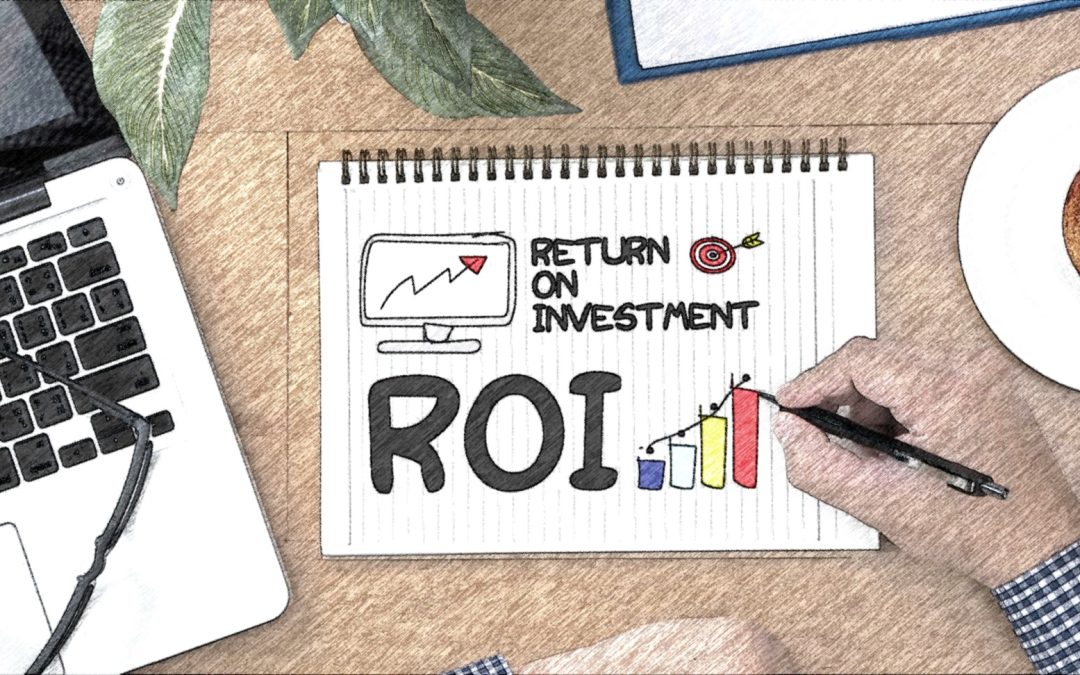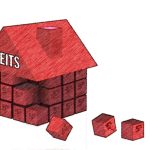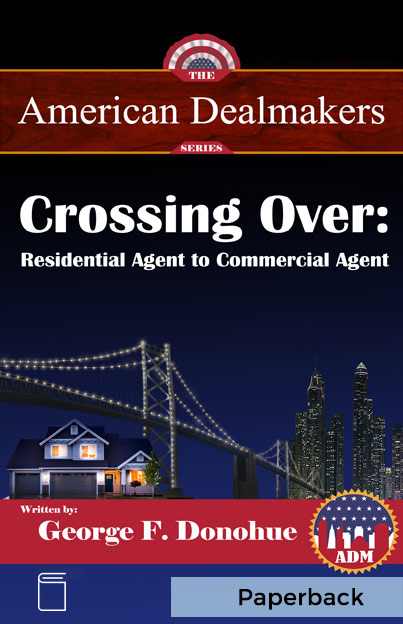What is your Rate of Investment!? You want to buy the property but you need to have a mortgage, how do you calculate your ROI.
Now let’s say instead of an all cash deal you want to get a mortgage or in other words finance the investment. Your ROI is going to be higher because you are using less of YOUR cash to make the investment.
Calculating the ROI on transactions where a mortgage or financing is part of the deal is more involved.
For example, you purchased the $200,000 property, but instead of paying cash, you took out a mortgage.
- The down payment needed for the mortgage is 30% of the purchase price or $60,000 ($200,000 sales price x 30% = $60,000).
- Closing costs for the mortgage required $2,500 up front.
- You paid $10,000 for renovations.
- Your total expenses were $72,500 ($60,000 plus $2,500 plus $10,000).
There are also ongoing costs with a mortgage:
- Let’s assume you took out a loan and your monthly payment is $500.
- Add the same $10,000 per year regarding the water bill, taxes, insurance.
- Rental income of $2,000 per month totals $24,000 for the year.
Your cash flow is:
Rental Income minus (Water, Taxes, Insurance and Mortgage Payments) equals Net Annual Return.
| Rental Income | $24,000 | |
| Water, Taxes, Insurance | $10,000 | |
| Mortgage Payments | $6,000 | |
| Total | $16,000 | ($16,000) |
| Net Annual Return | $8,000 |
To calculate the property’s ROI:
Divide the net annual return by the original out-of-pocket expenses (the down payment of $60,000, closing costs of $2,500 and remodeling for $10,000) to determine the ROI.
ROI: $8,000 ÷ $72,500 = 11%
ROI is 11%.








